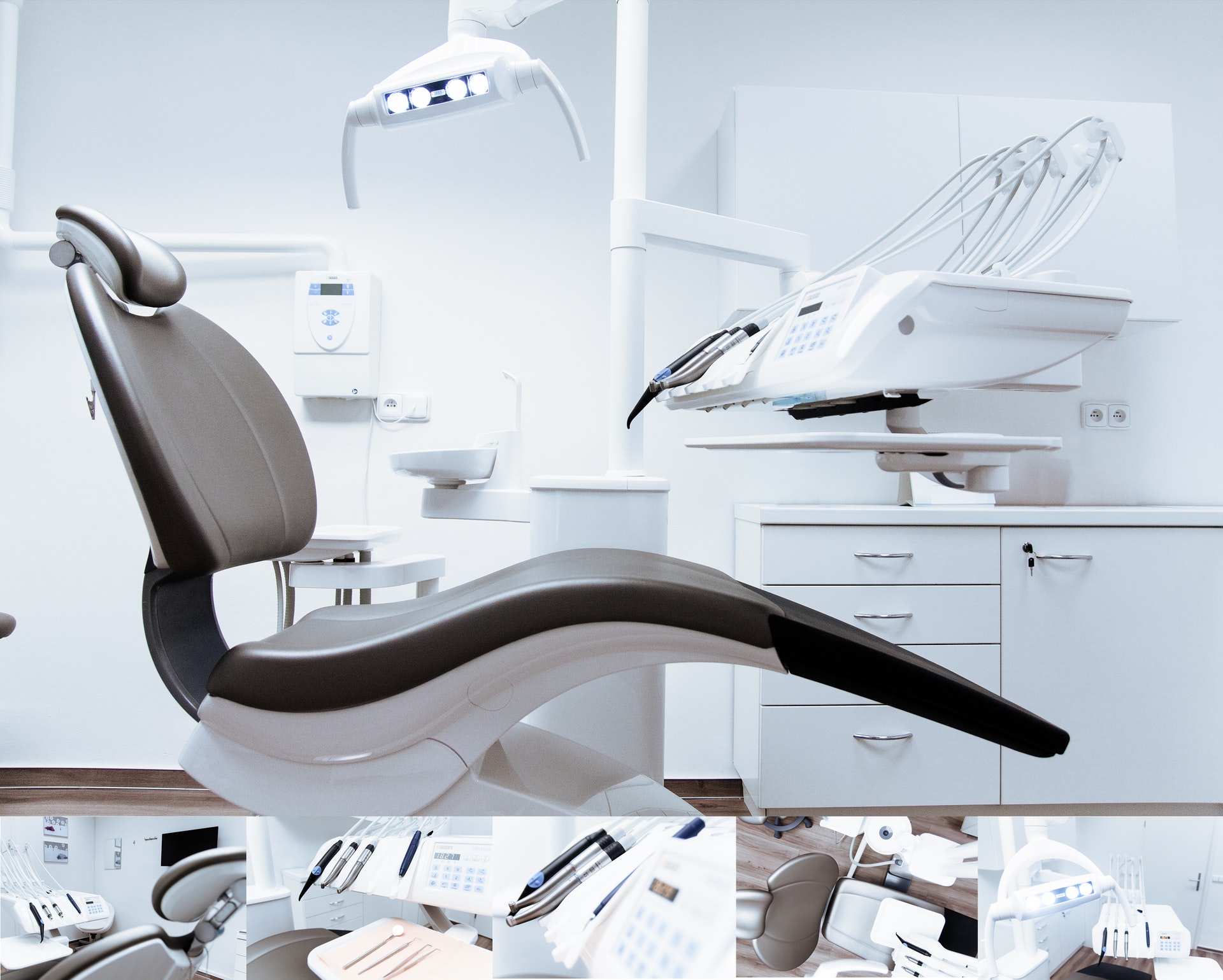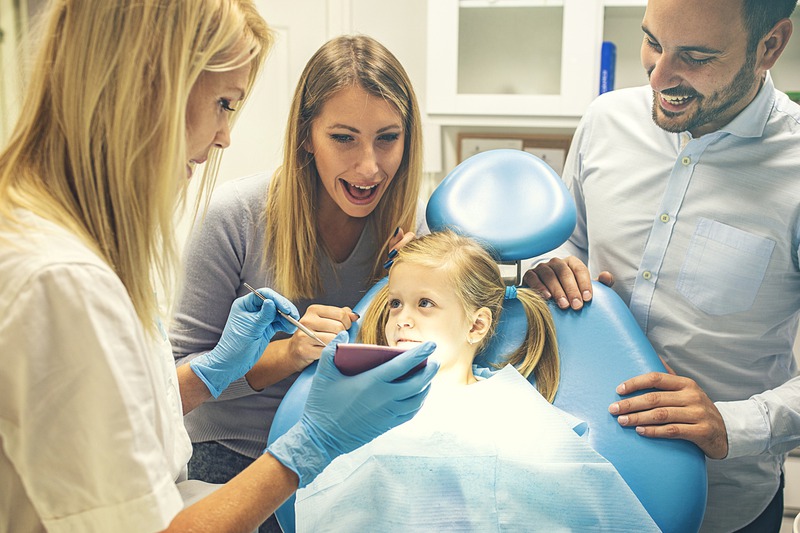Invisalign clear aligners have become an alternative treatment option to traditional braces for children and adults alike. However, there are still some common myths and misconceptions surrounding Invisalign for kids.
Invisalign for Kids: Its Top 8 Myths Debunked
This article debunks these myths and provides accurate information about clear aligners in children’s orthodontics to help parents make informed decisions about their child’s dental treatment.
Myth #1: Invisalign is Only for Adults
Many believe Invisalign is exclusively for adults, but this is untrue. Orthodontic specialists for children can also provide Invisalign treatment for younger patients, depending on their needs and the complexity of their dental issues. Invisalign offers a range of products designed specifically for children and teens, making it a viable alternative to traditional braces for children.
Myth #2: Invisalign Can’t Treat Complex Orthodontic Issues
While it’s true that Invisalign may not be suitable for all cases, advancements in technology have made it possible to treat a wider range of orthodontic issues in children. These include overbites, underbites, crossbites, crowding, and spacing. An experienced orthodontist can assess your child’s needs and determine if Invisalign is a suitable treatment option.
Myth #3: Invisalign is More Expensive Than Traditional Braces
The cost of Invisalign treatment can vary depending on factors such as the case’s complexity and the treatment duration. In some instances, Invisalign may be more expensive than traditional braces for children. However, the difference in cost is often offset by the benefits of Invisalign, such as a more discreet appearance, increased comfort, and easier oral hygiene.
Myth #4: Invisalign Requires More Maintenance and Care
Invisalign aligners are removable, making them easier to clean and maintain than traditional braces. Your child must remove the aligners to eat and brush their teeth, making it simpler to maintain good oral hygiene. Invisalign aligners should be cleaned regularly using a soft toothbrush and mild soap to prevent bacteria buildup.
Myth #5: Invisalign Treatment Takes Longer Than Traditional Braces
The duration of treatment for both Invisalign and traditional braces depends on the complexity of the case and your child’s compliance with the treatment plan. In some cases, Invisalign treatment can be completed in a shorter time frame than traditional braces, while in others, the treatment times may be similar. Your orthodontist will provide an estimated treatment timeline based on your child’s needs.
Myth #6: Invisalign Aligners are Uncomfortable and Painful
All orthodontic treatments can cause some initial discomfort as the teeth begin to shift. However, Invisalign aligners are made from a smooth, flexible material that is custom-fitted to your child’s teeth, making them more comfortable to wear than traditional braces with metal brackets and wires.
Myth #7: Invisalign Aligners are Noticeable and Less Discreet Than Braces
Invisalign clear aligners are made from a transparent material that is virtually invisible when worn. This makes them a more discreet alternative to traditional braces, which often feature metal brackets and wires. Invisalign can provide a more aesthetically pleasing treatment option for self-conscious children and teens.
Myth #8: Children are Less Likely to Wear Invisalign Aligners Consistently
While it’s true that Invisalign aligners require a certain level of responsibility and discipline from the wearer, many children and teens find it easy to adapt to the routine of wearing the aligners for the recommended 22 hours per day. Parents can help by establishing a consistent routine and offering support and encouragement throughout treatment.
Conclusion
Invisalign clear aligners can be an effective and discreet alternative to traditional braces for children, depending on their needs and the complexity of their dental issues. By debunking these common myths and misconceptions, parents can make informed decisions about their child’s orthodontic treatment and help them achieve a healthy, confident smile.








